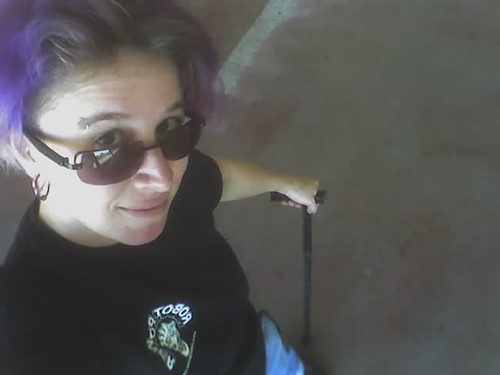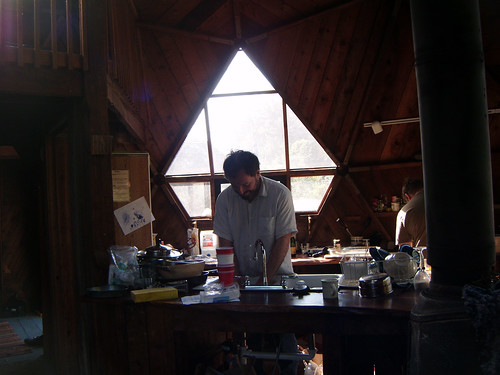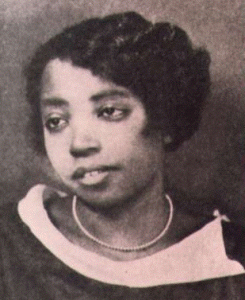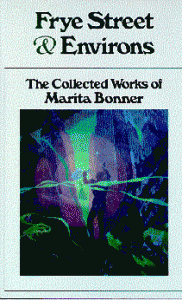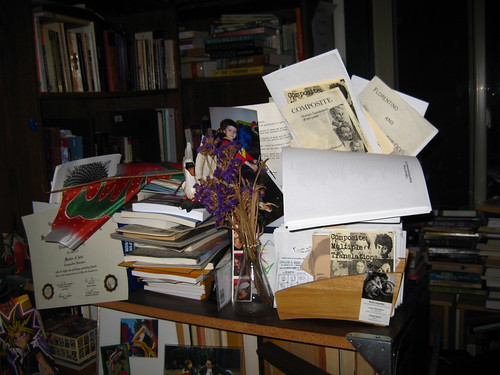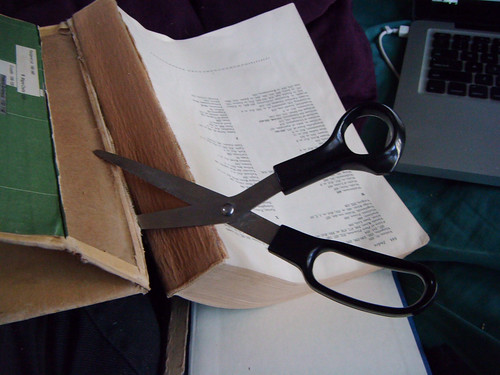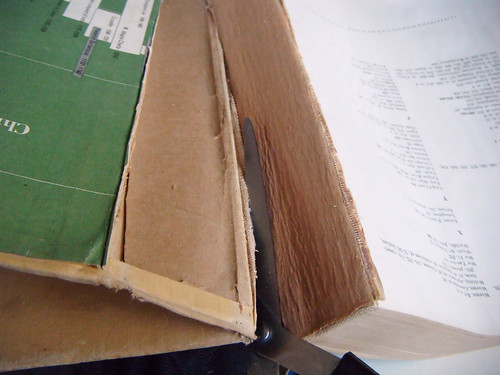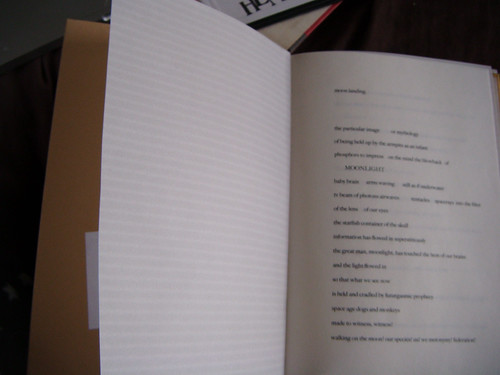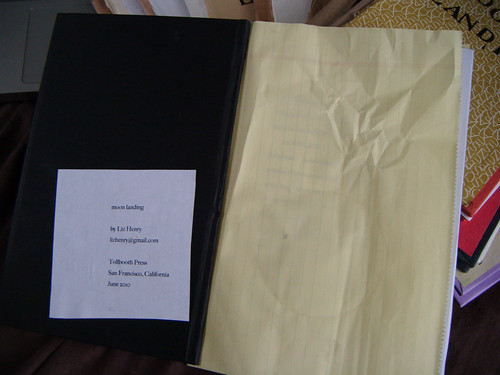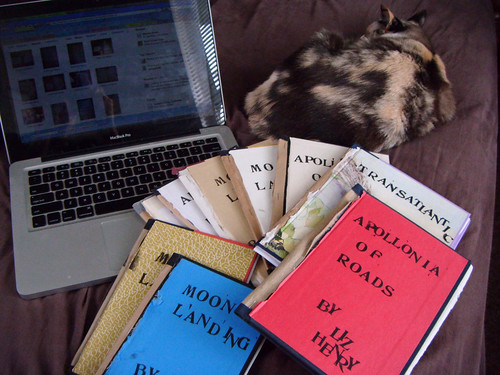Invisible dishwashers
Still on my hippie history kick, I just read T.C. Boyle’s novel Drop City and with it, Peter Rabbit’s rambling little history also called Drop City, which is in theory “a novel” but which I would instead call “some bullshit”. Tim Miller, a religious studies prof at the University of Kansas, has also written a bunch of stuff about Drop City and other utopian community experiments – web pages, papers, and books.
As I piece together the different histories it looks to me like the early Drop City functioned pretty well at first and was not as half-assed as the fictional Drop City in Boyle’s novel. At least not until they became a waystation and recovery center for dropouts and fuckups. The tyranny of structurelessness gave them a lot of trouble though. Burning Man folks seem to have gone to considerable effort to have learned from all these lessons, with good success.
Rabbit, or Peter Douthit, published Drop City in 1971. In his book, he tells entertaining hippie stories and is clearly a complete asshole. Everything is about his own enlightenment while “fucking chickies” and having total freedom to screw around exploring art or something. But not really, since he also says that he spent 10 hours a day answering mail and talking with journalists. Every story seems to start like this, “Then we woke up and had pancakes and all wandered around in the woods freely and came back and had lunch and smoked a lot of DMT and our minds exploded and we had dinner and felt completely free and were freed some more to become total geniuses!” If you can’t see the flaw in these stories you have a hole in your consciousness the size of a planet and have never washed a dish or cooked three times a day for 20 people. So much for the revolution! I’m sure some of the dudes washed the dishes and didn’t act like jerks, or Drop City never would have lasted as long as it did.
John Curl’s Memories of Drop City: The First Hippie Commune of the 1960’s and the Summer of Love from 2008 frames Peter Rabbit as the villain:
. . . a self-absorbed figure who lived in a small dome and failed to do his part in building the others. Instead, he wrote. He styled himself a leader of the leaderless commune and sent out dispatches from Drop City, soliciting the attention of the underground and mainstream press. Time and Life magazines published photos of the domes in the desert. Curl tells us Drop City’s inhabitants were deeply skeptical of this attention, at least until Drop City could really show some success. Ultimately, the massive pressure that was thus invited upon this one plot of land, rickety domes and nonexistent infrastructure, was what caused Drop City to implode.
One amusing inconsistency between Curl’s and Douthit’s histories is that Douthit talks constantly about chickies and he also insults gay men quite a lot. Curl on the other hand describes Douthit cruising the dives and back alleys of nearby Colorado towns in search of anonymous gay sex. There seem to be no lesbians in any of the histories, which is wildly unlikely!
The best story from Rabbit is of a trip the Drop City hippies took to Washington DC to go to a conference of college newspaper editors at a fancy hotel sponsored by Newsweek and The Washington Post. They were invited by an Englishman who I think might have been John McHale but it’s unclear. Alvin Toffler and Buckminster Fuller, artist and futurist Magda Cordell, Phyllis Yampolsky, and a lot of “chickies” including Gypsy Loo, whose role (as described by Douthit) you can guess; a great scene with Eugene McCarthy freaking out on stage confronted with a coffin full of his own campaign buttons and Jerry Rubin, the Drop City hippies putting up a projector with footage of children dying covered in napalm in Vietnam and audio of screams and bombing and gunfire — NLF propaganda movies brought by Ray Mungo — at which point the cops or the FBI or someone showed up to confiscate the movies and arrest people as the college kids freaked out and cried. Douthit claims a bunch of the editors dropped out of school and the ones who were left organized their newspapers as co-operatives. Anyway, despite my lack of respect for the gender politics of these jerks, I have to admire the splendid disruption of this academic conference, and I spent my teenage and young adult years doing stuff like that; unfortunately not on such an epic scale.
There are also a lot of scenes where the Droppers play Indian. Some of them were Native American, like Nani. But most weren’t. They’re always drumming and chanting stuff they just made up to be at one with the land. Rabbit in particular seems very into singing to the deer and so on. In his own descriptions of this he sounds pretty hilarious. In John Curl’s descriptions it goes even further beyond ridiculous Pretendianism into just sad.
Rabbit would leave for the mountains with great fanfare, headband always tied in place around his forehead. He’d always spout the same story he told when I first met him, claiming to hunt by asking permission of the animal; that is, when the deer was ready to be killed and eaten by Rabbit, it would come out of hiding and let him shoot it. This was his version of a Native American custom.
That entire fall he never came back with a deer. Rabbit bemoaned his string of bad luck. No deer seemed ready to die for him.
One day his luck finally broke. He had gone out hunting alone before dawn. Toward dusk he drove back in, honking, yelling “Cacahuate!” out the window, a large animal draped over his fender. It turned out to be a horse another truck had hit down the road a few minutes before he passed by.
In moments of triumph he always yelled, “Cacahuate,” which he claimed was a warrior’s cry that a Taos pueblo man had taught him. I never had the heart to tell him that it means “Peanut” in Spanish.
The way other sources blame Peter Rabbit for his stepping up their local thing and making it a national news phenomenon made me think of the Riot Grrrl discussions of the media blackout. News media just mentioning “riot grrrl” no matter how badly they framed it or how much they sexed it up meant that young women all over the place were declaring themselves chapters of Riot Grrrl and having meetings & starting zines & doing really difficult conscious-raising work. I then started thinking of some of the bands – say, Tribe 8 – who were living in a more or less communal way as squatters and wondering how to keep telling that history which is mostly told in documentaries & in some novels like Lynnee Breedlove‘s Godspeed. I would love to document & get on the web some of the history of the co-op communities I lived in in Austin in the 80s. I also certainly thought of the radical faeries and what happens when people start to document the Far Out Shit in fringe communities. I’ve turned a documenting eye on WisCon, a feminist science fiction convention, as well. I love to document things and want them documented and I love history; but I also saw how the Far Out gets exploited and packaged up and sold & people’s need to make a living and/or become a counterculture pop star tangles things up. So if you are running around naked in the woods having your own community Experience and some rich dude from L.A. comes in and starts filming it while throwing money around? Bad news! Who am I to say, though? I mean, to say that “my” community is not someone else’s interesting history.
I’m also thinking about the feeling that all the interesting things happened yesterday and what we’re part of is only a pale echo or an imitation. Have you ever been part of something and realized, Oh, this isn’t *just* some goofballs acting like they’re super hip artists because they read some stuff about Paris in 1920 or something, though it partly is, it is *also* the real actual bohemian artists of now and this is what’s happening now. Possibly realizing that, or realizing it and immediately documenting it while you’re doing it, is a sign of being kind of a douche.
I had the impulse this morning to collect the names of the people involved with Drop City from 1965-1971, do a little googling, and draw some connections. Where are they now? I also have trouble keeping it clear who’s who while reading the histories. The 60s communes: Hippies and Beyond was a particularly good source book! I get particularly interested in the ways that the men’s philosophies and names and motivations and actions get recorded, while the women’s stories are elided. One consistent pattern is that women don’t stay in the story unless they’re one of the dudes’ wife or girlfriend. Once they’re not, they kind of shimmer out of the picture. At least out of the dudely picture. Curl did a pretty good job with including the women in Drop City’s history, though. But I’d like to see a memoir from any of the women involved with Drop City! Here’s my cheat sheet of the cast of characters…
* Clark Richert (Clard Svenson ) Painter at K.U.
* Gene Bernofsky (Curley or Curly Benson) Studied psychology at K.U. aka Eugene V. Debs * Betnovskovitch
* Jo Ann Bernofsky (Drop Lady) (Curley’s wife) Artist. (the Bernofskys left in 1967)
* Mary Bernofsky – Curly’s Mom (Mommeleh)
* Richard Kallweit (Larry Lard aka Larry Laird)
* Roberta Started the original farm with Curley
* Poly Ester aka Raggedy aka Bones
* Peter Rabbit aka Peter Douthit (left Drop City in 1968)
* Princess Soft Shoulders (a child?) (Kaitlyn?)
* May (another child – Jo Bernofsky’s)
* The Wop (Alteresio Smith) (Charlie DiJulio )
* Flippen (female)
* Jadal (Lard’s girlfriend)
* Snoopy (Lard and Jadal’s son)
* Reardon
* Fast Eddie
* Ishmael (John Curl)
* Peggy Kagel – Miss Oleo Margarine and her daughter Melissa Margarine aka Frinki (and her two daughters)
* Luke Cool. Taught the droppers how to chop the tops off cars. aka Steve Baer (a dome builder from Albuquerque) aka Luke Bear.
* Burt Wadman
* Susie Spotless (local from Colorado who married Richert)
* Nani
* Crayola (Alteresio’s wife) (plus some children) aka Carol DiJulio
* Patsy Pie (Speed?) Ishmael’s girlfriend.
* Ivan Peacock Rhodes (Orval Teen)
* Albert (The guy from Harvard)
* The President (guy from Chicago)
* Lennie (The President’s horrible rapist cousin)
* Belinda
* Indian Frank
* Bringer of Victory (makes the drugs)
* The 16 year old chick with crabs
* Otis B. Driftwood (The Digger guy from San Francisco)
* Billy B. (the rich guy)
* Maggie
* Jasper
* their kids, Lump and Lori
* The Holy Ghost
* Ed the Fed
* Bipple (folk singer college kid)
* Tom from Kansas
* Karen from New York
* Fran the cripple (aka Star) who magically gets up out of her wheelchair and can walk from taking lots of LSD (I’d like to read her memoir!)
More links as I find them:
Drop Everything (article from 2009)
The Ultimate Painting Brief history with a photo of The Ultimate Painting.

